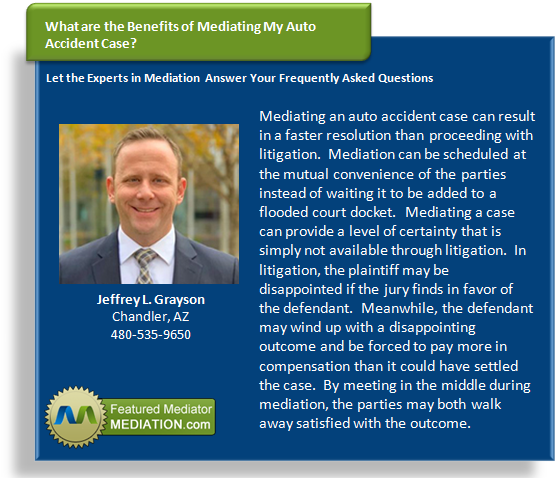The Wheel of Conflict and How it Can Help You in Conflict Resolution
The Wheel of Conflict—created by Bernard Mayer, Ph.D. and Christopher Moore, Ph.D.—is a graphic representation of the factors that give rise to potential conflict. The concept of the Wheel of Conflict is important for anyone involved in dispute resolution because with it, one can prepare for complicated and tense interactions with another person. Consisting of structure, emotions, history, communication, and values, the points of conflict along the wheel remind us of the contentious points that separate one person’s feelings and experience from another person’s.
Bernard Mayer, Ph.D., is Professor at the Werner Institute for Negotiation and Dispute Resolution at Creighton University, and Christopher Moore, Ph.D. has worked in the field of decision making and conflict management for more than 20 years and is an internationally known mediator and facilitator, as well as author in the field of conflict management. Both men understand conflict and what creates it, and have determined the most important points to be:
- Structure—this is the dynamics of the participants that might be creating the conflict, for example, boss and employee.
- Emotions—emotions are powerful drivers to the human psyche and the decision-making process. Ignoring one’s emotions, or the emotions of others, can be devastating to the conflict resolution process.
- History—a person’s past experiences and the history of a relationship between two people involved in conflict plays a significant role in the resolution process.
- Communication—many don’t realize that humans communicate through both verbal and nonverbal methods. Paying attention to both ways of communicating is an integral part of the conflict resolution process and could easily hamper it if one person is talking one way and acting (or posturing) another.
- Values—different people have different needs and goals. To assume that everyone thinks the same way you do about something is erroneous and can cause problems in the conflict resolution process. Accepting that each person shares his or her own value system—a system that has been a part of their lives since childhood and is not likely to change—is one way to begin the process of successful resolution.









